Disclosure: This article contains affiliate links. We may earn a commission from purchases at no extra cost to you, which helps our travel content.
As I stood on the powder-white sand, watching the kaleidoscope of blues stretch to the horizon, I realized Raja Ampat had reset my definition of paradise. This remote Indonesian archipelago—comprising over 1,500 small islands, cays, and shoals—houses some of the most pristine beaches and biodiverse marine environments on earth. After years of luxury travel experiences from the Maldives to Monaco, I can confidently say that Raja Ampat's untouched shores offer something truly transcendent: a rare combination of absolute seclusion and natural opulence that even the most discerning traveler seeks but seldom finds.
Wayag Island: The Crown Jewel
If Raja Ampat is paradise, then Wayag Island is its beating heart. After a private speedboat journey arranged through my resort, I arrived at what can only be described as nature's perfect amphitheater. Limestone karst formations rise dramatically from turquoise waters, creating a landscape so surreal it feels computer-generated.
The beach itself—a crescent of blinding white sand—remains gloriously undeveloped save for a small wooden jetty. The true magic happens at dawn when the rising sun paints the karsts in golden light. I spent three consecutive mornings in meditation here, each session more profound than the last.
After the 45-minute climb to Wayag's iconic viewpoint (wear proper footwear—this isn't a casual stroll), I unpacked my lightweight travel yoga mat for perhaps the most spectacular sun salutation of my life. The panorama of scattered islands set against the azure sea creates a natural mandala that centers the mind instantly.
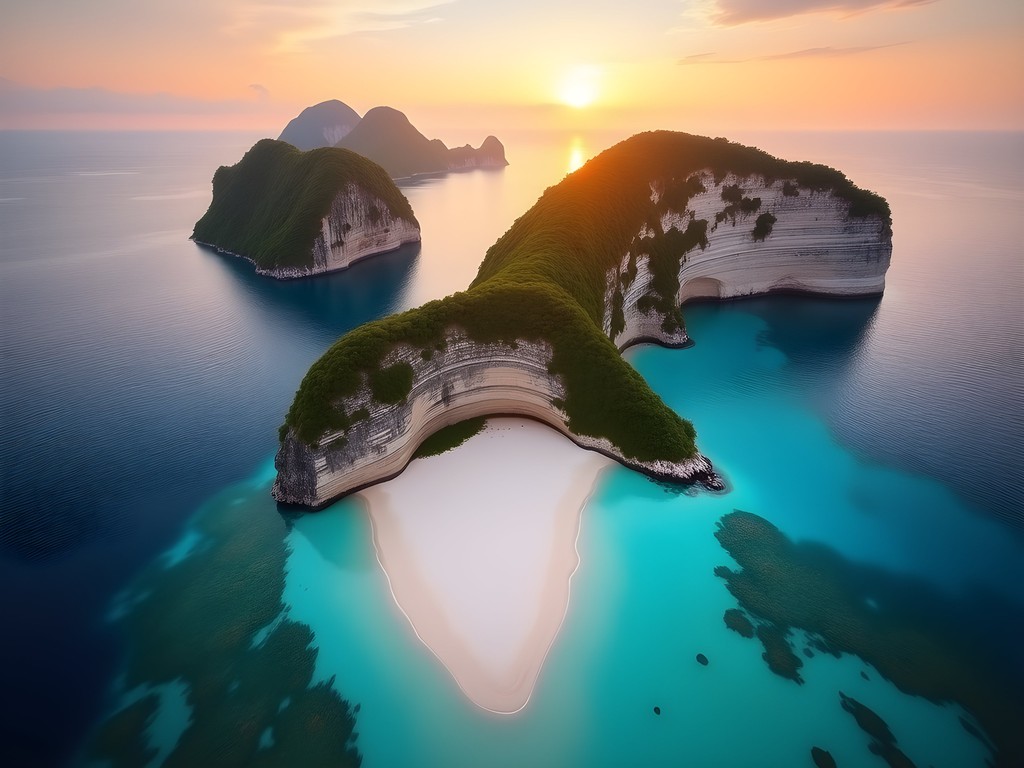
💡 Pro Tips
- Arrange a private boat transfer through your resort—the journey is 2-3 hours from most accommodations
- Visit at dawn for the most magical light and fewest visitors
- Pack reef-safe sunscreen as the reflection from both water and white sand is intense
Pasir Timbul: The Disappearing Sandbar
Some luxury experiences are defined by exclusivity, and Pasir Timbul (literally 'appearing sand') delivers this in spades. This ephemeral sandbar materializes only during specific low tides, creating what feels like a private island that exists just for you, just for now.
Timing is everything here. I consulted with local guides to pinpoint the perfect day and hour when this pristine strip of sand would emerge from the sea. We arrived by wooden longboat just as the waters receded, revealing a ribbon of blinding white sand surrounded by crystal waters in every direction.
The transient nature of this beach makes it all the more precious. Standing in the middle of the ocean on this temporary island, I felt a profound lesson in mindfulness—appreciating beauty that exists only in the present moment.
To fully document this fleeting wonder, I relied on my underwater drone to capture both aerial and submarine perspectives. The footage of this isolated sandbar surrounded by coral gardens and tropical fish became the highlight of my Raja Ampat visual journal.

💡 Pro Tips
- Research tide charts or consult with local guides to time your visit perfectly
- Bring portable shade—there's absolutely no natural protection from the sun
- Wear water shoes to protect against sharp coral fragments that sometimes wash up on the sandbar
Pianemo: The Instagram Icon
While I typically shy away from destinations famous primarily for their social media appeal, Pianemo's beauty transcends its Instagram notoriety. This cluster of jungle-topped islets creates Raja Ampat's most photographed vista—and for good reason.
The journey to Pianemo requires commitment. From most resorts, it's a 90-minute boat ride followed by a climb up 300+ wooden steps. I recommend starting early to avoid both the midday heat and the handful of other travelers who make the journey. My insulated water bottle proved invaluable, keeping water cold throughout the humid trek.
Upon reaching the viewpoint, the panorama quite literally took my breath away—a constellation of emerald islands scattered across a sapphire sea. The wooden viewing platform offers the perfect vantage point for meditation or simply absorbing the majesty of this natural wonder.
Below the viewpoint lies a secluded beach accessible by a narrow path. Unlike the more trafficked viewpoint, I had this stretch of sand entirely to myself for a refreshing swim after the climb. The beach's shallow entry point reveals an underwater garden of soft corals just meters from shore—bring your snorkel gear.

💡 Pro Tips
- Visit early morning (before 9am) or late afternoon (after 3pm) to avoid both heat and crowds
- The wooden staircase can be slippery—wear proper footwear and take your time
- Bring a polarizing filter for your camera to cut glare and enhance the water colors
Sawinggrai Beach: The Dolphin Encounter
Some luxury experiences can't be purchased—they must be discovered. Sawinggrai Beach on Gam Island offers precisely this kind of serendipitous wonder. This unassuming stretch of golden sand fronts a small village where wild dolphins regularly visit to interact with humans.
Unlike contrived dolphin encounters at commercial resorts, the experience at Sawinggrai happens entirely on the dolphins' terms. Local guides understand their patterns and behaviors, but there's never a guarantee—which makes each encounter all the more magical.
I arrived at sunrise, when the water was mirror-calm, and waited patiently at the shoreline. After thirty minutes of meditation—focusing on the sound of gentle waves—I opened my eyes to find three curious dolphins just meters away. They stayed for nearly an hour, seemingly as interested in me as I was in them.
For underwater visibility, my full-face snorkel mask proved invaluable, allowing me to maintain eye contact with these intelligent creatures without the distraction of a traditional snorkel tube. The crystal clarity of both the mask and Raja Ampat's waters created an almost spiritual connection that I still reflect on during my daily meditation practice.
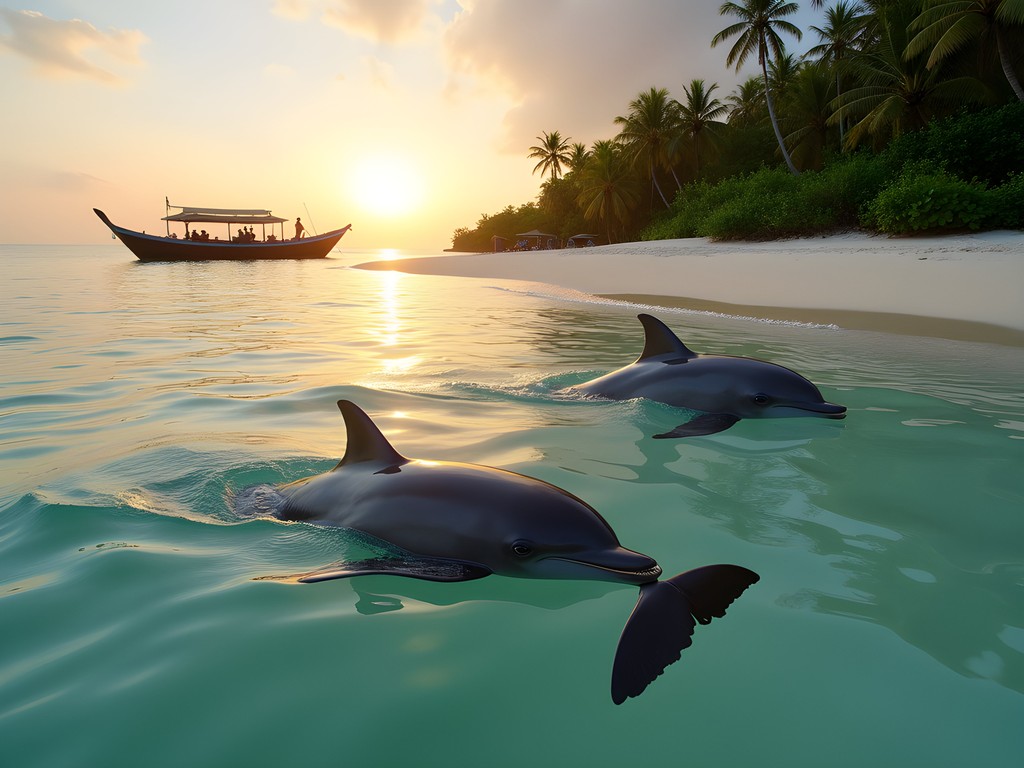
💡 Pro Tips
- Visit at sunrise when dolphins are most active and the water is calmest
- Practice patience—the dolphins appear on their schedule, not yours
- Respect the local village by asking permission before wandering beyond the beach area
Yenbuba Beach: The Jetty Paradise
Yenbuba's iconic wooden jetty stretching into crystal waters has become a Raja Ampat signature image, but the beach itself remains remarkably uncrowded. Located on Mansuar Island, this long stretch of pristine sand offers the perfect balance of accessibility and seclusion.
What distinguishes Yenbuba is the extraordinary marine life accessible directly from shore. The jetty itself serves as an artificial reef, attracting schools of colorful fish that swirl around the wooden pillars in hypnotic patterns. During my three visits, I encountered everything from tiny clownfish to blacktip reef sharks without venturing more than 15 meters from the beach.
For serious snorkelers, bring your underwater action camera to capture the vibrant coral gardens that start literally at your feet. The shallow reef extends for hundreds of meters, creating a natural aquarium that rivals any curated marine experience I've had at luxury resorts worldwide.
After exploring the underwater world, I found the perfect meditation spot at the jetty's end. Sitting cross-legged above the gentle waves, I practiced mindful breathing while watching eagle rays glide gracefully below—a natural confluence of luxury, wellness, and wild beauty that epitomizes what makes Raja Ampat so special.
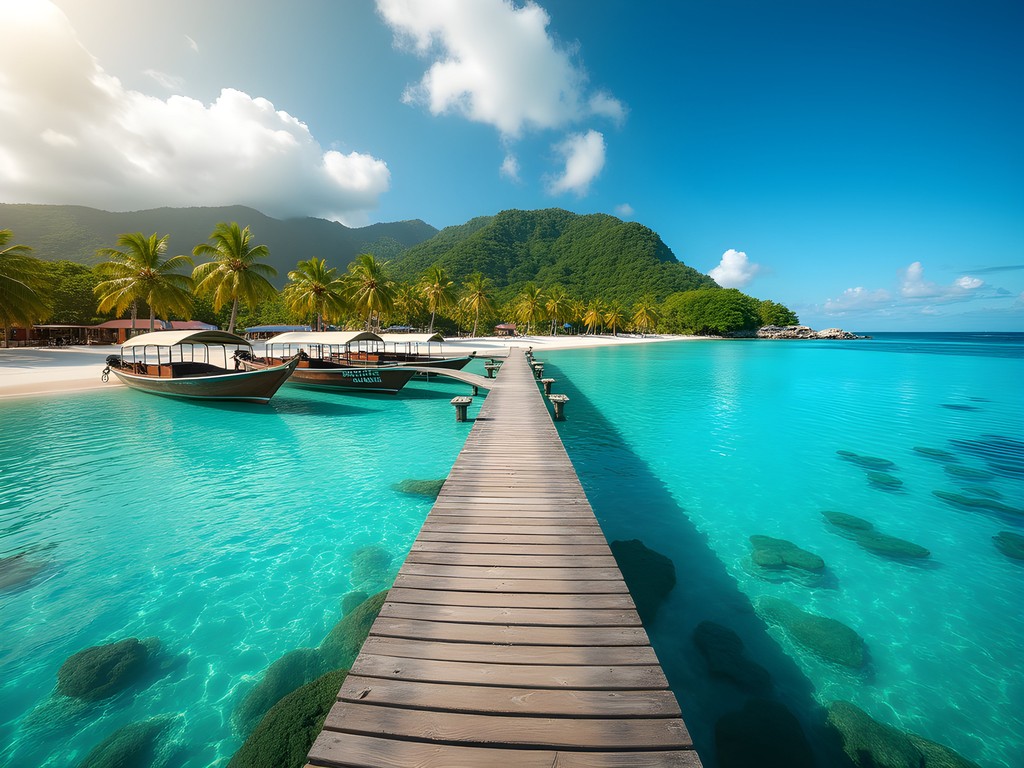
💡 Pro Tips
- Visit during mid to high tide when marine life is most active around the jetty
- Bring reef shoes as the beach entry has some coral fragments
- Pack a picnic lunch from your resort—there are limited food options nearby
Luxury Accommodations: Where to Base Your Exploration
Raja Ampat's remoteness has preserved its pristine beauty while also limiting accommodation options. However, several world-class properties have mastered the delicate balance between luxury and sustainability.
My personal favorite is Misool Eco Resort, built on a former shark finning camp and transformed into a conservation success story. Their water villas perch directly above vibrant coral gardens, allowing you to slip from your private deck into a protected marine sanctuary. Their commitment to conservation extends to every aspect of the property, from solar power to plastic-free operations.
For those seeking absolute seclusion, Meridian Adventure Dive Resort offers luxurious private villas nestled in lush jungle just steps from a private beach. Their custom-built dive boats provide access to some of Raja Ampat's most remote sites, while their spa specializes in post-adventure recovery treatments that incorporate local ingredients.
Perhaps the most exclusive option is chartering a luxury phinisi yacht—traditional Indonesian wooden vessels reimagined with modern luxuries. These floating boutique hotels allow you to wake up at a different pristine beach each morning, with a full crew including private chefs and dive masters catering to your every need.

💡 Pro Tips
- Book accommodations 6-12 months in advance—the limited luxury options fill quickly
- Consider splitting your stay between a land-based resort and a luxury liveaboard for the full experience
- Look for properties with strong conservation credentials—they typically have the best access to pristine areas
Mindful Travel: Preserving Paradise
The very remoteness that has preserved Raja Ampat's beaches also makes them vulnerable. As someone who's witnessed the transformation of once-pristine destinations like parts of Bali and the Maldives, I feel a responsibility to address sustainable travel practices.
Raja Ampat operates a Marine Park Entry permit system—currently around $100 USD for foreign visitors. This fee directly supports conservation efforts and local communities. Consider it an investment in preserving paradise rather than an expense.
Beyond official requirements, mindful travelers should pack reef-safe sunscreen like mineral sunscreen to protect the vibrant coral ecosystems. Even products labeled "reef safe" can contain harmful chemicals, so research thoroughly before packing.
When selecting accommodations, prioritize properties with clear sustainability commitments—solar power, water conservation systems, and plastic-free operations should be standard. Properties that employ local staff and source food locally also create a positive economic impact that incentivizes conservation.
Finally, practice meditation not just for personal wellness but as a travel philosophy. By being fully present in these extraordinary places, we develop a deeper connection and commitment to their preservation. My daily meditation practice has transformed how I travel, shifting focus from consumption to appreciation.
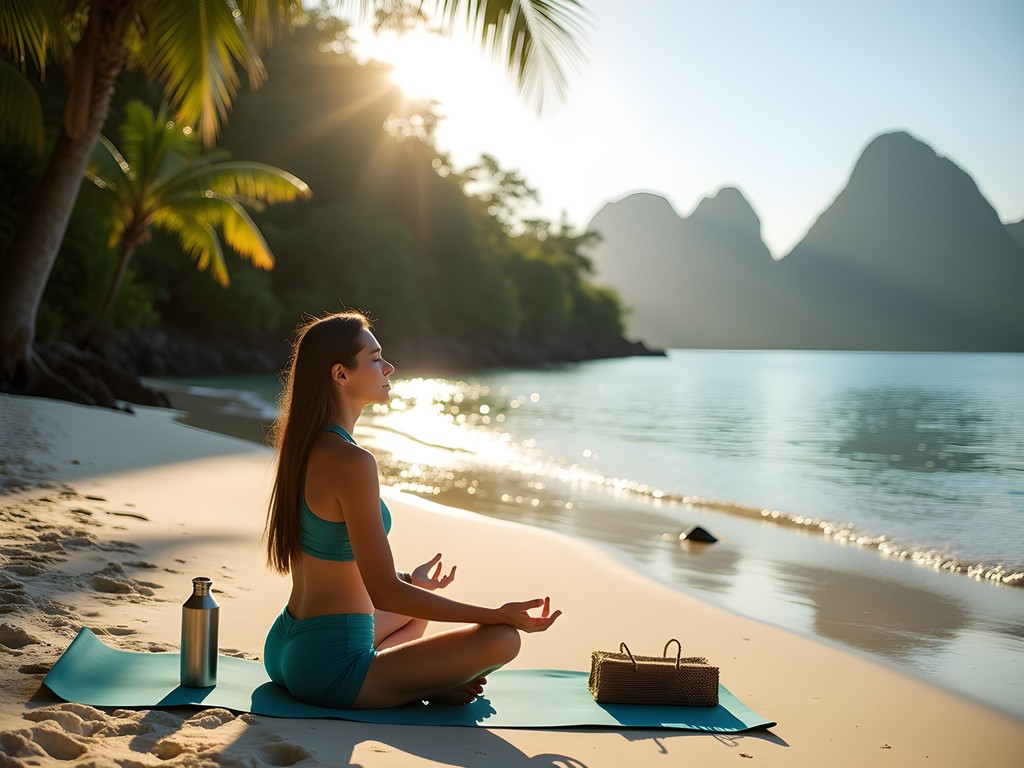
💡 Pro Tips
- Purchase your Raja Ampat Marine Park permit online before arrival
- Pack a reusable water bottle with built-in filter to avoid plastic waste
- Support local conservation initiatives by participating in beach cleanups or coral restoration projects
Final Thoughts
As my seaplane lifted off from Raja Ampat's sapphire waters on my final day, I felt that rare combination of fulfillment and longing that marks truly transformative destinations. These ten beaches represent not just the most beautiful shores I've discovered in two decades of luxury travel, but places where I've experienced moments of profound connection and presence.
Raja Ampat demands effort to reach—a series of flights, boats, and occasionally challenging treks—but this very remoteness has preserved its magic in an increasingly accessible world. For couples seeking both adventure and intimate luxury, these shores offer a rare opportunity to experience the world as it once was, overlaid with thoughtful comforts that enhance rather than diminish the natural splendor.
As luxury travelers, we bear a special responsibility toward places like Raja Ampat. Our privilege of experiencing these pristine beaches comes with an obligation to tread lightly and contribute meaningfully to their preservation. Whether through supporting conservation initiatives, choosing sustainable accommodations, or simply practicing mindful presence, we can ensure these paradises remain untouched for generations to come. After all, true luxury isn't just about exclusive access—it's about being part of something larger than ourselves.
✨ Key Takeaways
- Raja Ampat's remoteness has preserved its pristine beaches, making it ideal for travelers seeking true escape
- Combine beach exploration with world-class snorkeling and diving for the complete Raja Ampat experience
- Support conservation through mindful travel practices and choosing eco-conscious luxury accommodations
📋 Practical Information
Best Time to Visit
October through April (dry season with calmest waters)
Budget Estimate
$500-800 USD per day including luxury accommodation, private transfers, and activities
Recommended Duration
Minimum 10 days, ideally 2 weeks
Difficulty Level
Moderate (Requires Multiple Flights And Boat Transfers)

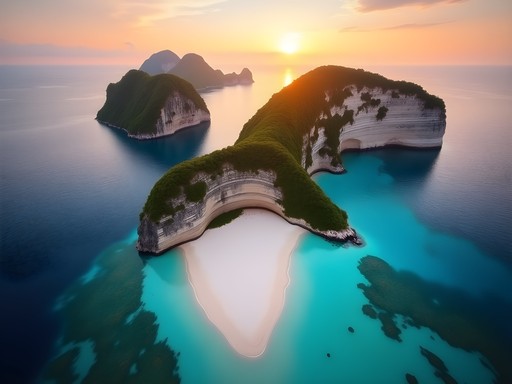


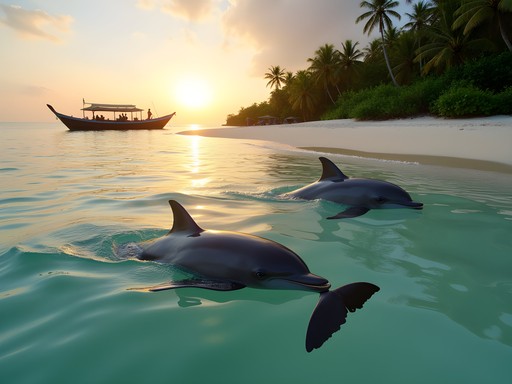




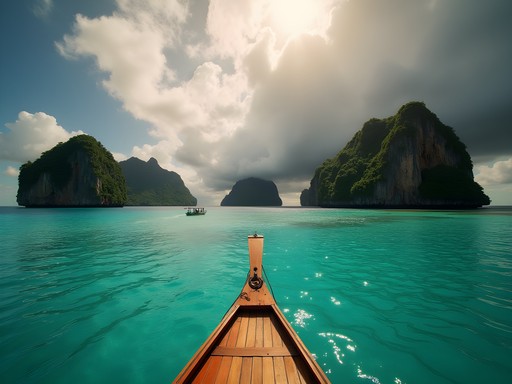
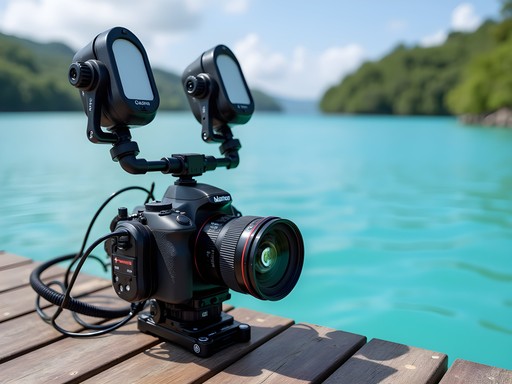
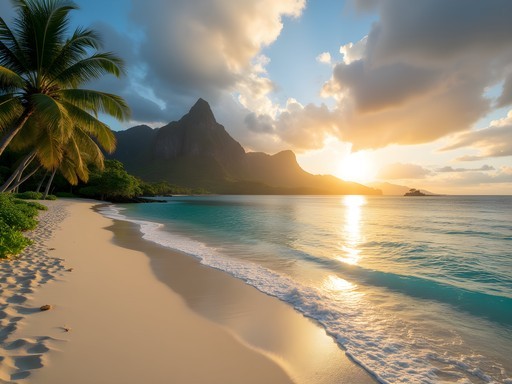

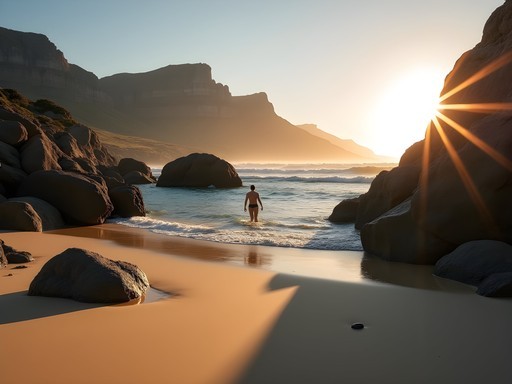
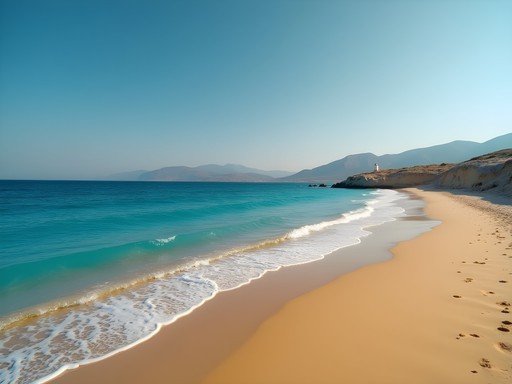
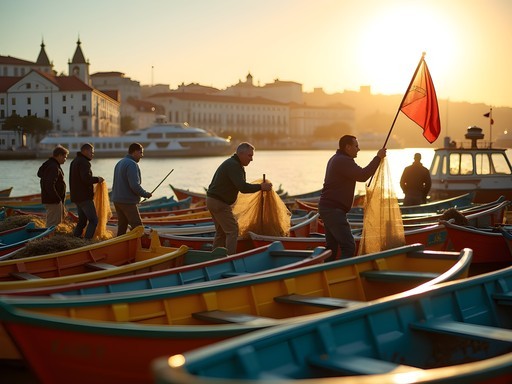

Comments
smartstar
This looks absolutely incredible! How difficult was it to get to these more remote beaches? Did you need to hire a private boat or is there some kind of tour that visits them?
Timothy Jenkins
Not the author, but I visited Raja Ampat last year. For most of these beaches, you'll need to hire a local boat. Wayag and Pianemo are typically included in day tours from Waisai, but the truly untouched ones require private arrangements. Well worth the effort though!
Owen Russo
Timothy's right! I hired a local guide with a boat for about $70/day. For Pasir Timbul, timing is everything since it disappears at high tide. Best to stay in a homestay and have your host arrange transportation.
smartstar
Thanks both! That's super helpful. Adding this to my bucket list for sure!
travelvibes
Those blues are insane! Your photo of Pianemo looks like it's been photoshopped but I know that's actually how it looks! Raja Ampat just jumped to the top of my bucket list!
Nicole Russell
Owen, this post brings back so many memories! Raja Ampat is truly special. For anyone planning to visit, I'd add that bringing a good underwater camera is essential - the marine life is INCREDIBLE. I saw manta rays, reef sharks, and more fish species than I could count. Also, pack light but bring reef-safe sunscreen as it's nearly impossible to find there. And don't underestimate the power of the tropical sun! I used my sun hat daily and it was a lifesaver during those long boat trips between islands.
travelvibes
Any recommendations for accommodations that won't break the bank? Those overwater bungalows look amazing but I'm guessing they're super expensive!
Nicole Russell
Check out homestays on Arborek or Kri Island! Basic but charming, and usually include three meals a day. Much more affordable than the luxury resorts. Papua Explorers is a good mid-range option too!
travelgal4334
Just got back from Raja Ampat last month and Wayag Island truly is the crown jewel! We hired a local boat to take us there for the day (it's quite far from the main islands) and the view from the top of the viewpoint is UNREAL. Definitely bring good hiking shoes though - the climb is steep and slippery in parts. And don't miss Pasir Timbul at low tide! We had the sandbar completely to ourselves for almost an hour. Magical place that lives up to all the hype.
summervibes
How much did the boat hire cost if you don't mind me asking? Trying to budget for my trip!
travelgal4334
We paid about 2.5 million IDR for a full day boat trip to Wayag (about $150 USD). Split between 4 people though! Definitely try to find others to share the cost with at your accommodation.
summervibes
These beaches look incredible! How difficult is it to actually get to Raja Ampat? I've heard it's pretty remote.
Nicole Russell
It's definitely remote but worth every bit of effort! You'll need to fly to Sorong first (usually via Jakarta or Makassar), then take a ferry to the islands. The journey is part of the adventure! I spent 10 days there last year and honestly wished I'd stayed longer.
summervibes
Thanks Nicole! That's super helpful. Did you stay in homestays or resorts?
Nicole Russell
I did a mix! Started at a homestay on Kri Island (amazing snorkeling right off the dock!) then splurged on Misool Eco Resort for my last 3 nights. The homestays are basic but authentic and way more affordable.
Jennifer Rodriguez
Just wanted to add some budget perspective since Raja Ampat has a reputation for being expensive. Yes, getting there is pricey (flights to Sorong + ferry), but once there, homestays are affordable ($30-50/night including meals). I spent 2 weeks exploring on a modest budget. For the beaches Owen mentioned: 1. Wayag - Requires a day trip boat (expensive, ~$150-200) but can be shared with others 2. Pasir Timbul - Many guesthouses offer trips here for ~$30-40 3. Pianemo - Standard on most tours (~$50-70) 4. Sawinggrai - Easy to reach and budget-friendly Most efficient: Stay in the Dampier Strait area (Kri, Gam, Mansuar) and take day trips. The diving is incredible too - I saw manta rays, wobbegong sharks and thousands of fish without breaking the bank. Definitely bring cash as ATMs are non-existent!
globeblogger
This is super helpful, Jennifer! Did you book homestays in advance or find them when you arrived?
Jennifer Rodriguez
I booked through Stay Raja Ampat website a month ahead. In low season you could wing it, but high season (Oct-Apr) definitely book ahead!
DiveExplorer
Just got back from Raja Ampat last week and can confirm these beaches are as incredible as Owen describes! We spent 10 days and barely scratched the surface. One addition to this list should be Yenbuba Beach on Mansuar Island - we saw baby blacktip reef sharks swimming in the shallows! The biodiversity is mind-blowing. If you're going during wet season (Dec-March), be prepared for afternoon rain showers, but they pass quickly. The upside is fewer tourists. Local tip: bring enough cash as ATMs are scarce and many homestays don't accept cards. Wayag was definitely the highlight - worth the extra expense to get there from the main islands.
WanderlustSoul
How many days would you recommend for a first visit?
DiveExplorer
Absolute minimum 7 days, but 10-14 is ideal. Just getting there takes time, and boat transfers between islands aren't quick. Plus you'll want down days to just relax!
globeblogger
How difficult is it to get to these beaches? Is there a central place to stay or do you need to move around to different accommodations?
IslandHopper
That drone shot of Pianemo is absolutely stunning! Perfect angle to capture those islands.
bluegal
How's the internet situation there? Need to stay somewhat connected for work emergencies...
backpacklegend
Spotty at best! I used a portable hotspot and it worked okay in some areas, but be prepared for digital detox!
Venture X
Premium card with 2X miles, $300 travel credit, Priority Pass